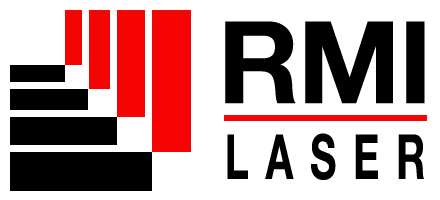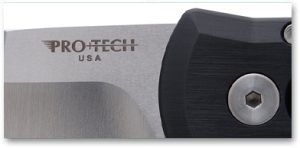Laser Marking Systems are rapidly becoming the technology of choice for a vast majority of marking applications. Laser Markers provide the ability to mark without the need for any consumables like ink, chemicals, tape, etc to mark directly onto the part. In addition, lasers can mark all metals, most plastics, ceramics, composites, and semiconductors with ease and precision. With that being said, other marking types like Ink‐Jet for example are still being used for marking as they are best for some specific applications. Those applications are:
- Examples of Ink‐Jet Marking Applications/Substrates that Laser Marking Systems cannot handle
- Any markings where colors are needed for the logo or for safety requirements (ie. Yellow or Red)
- Lasers can only mark on a grayscale so coloring is impossible
- If colors are achieved, repeat-ability is very difficult
- Marking onto fabrics like cotton, nylon, and polyester o Lasers tend to burn the edges or melt these materials instead of marking or creating contrast o Lasers are used to cut these materials versus marking them
Examples of Ink‐Jet Marking Applications/Substrates that Laser Marking Systems Perform Better
- Any direct part marking onto metal
- Replace inkjet printers for marking in process raw material, straight length, Titanium/Stainless Steel and Aluminum tubing in Aerospace.
- Replace inkjet printers for marking composite Hybrid hose assemblies(Rubber Hose+Aluminum Tube) in automotive air conditioning products
- Replace inkjet printers for marking plastic bakery tags
- Replace inkjet printers for direct marking of tube assemblies where adhesive back labels are used. Agriculture products/Automotive Brake Line Tubes are a few examples.
- Replace inkjet printers for marking OEM and Aftermarket Automotive Stainless Steel Exhaust Systems.
Comparison of Laser Marking vs Ink-Jet
| Laser Marking Systems | Ink-Jet |
|---|---|
| Permanent, ready to go markings that are truly indelible. Will last as long as the substrate’s surface integrity. | Ink must be baked on after marking is completed and it can be rubbed off in time. |
| Marking Speed, single marking process with speeds of 100 characters/second in some cases. | Extra vital processes create slower cycle times for any substrate. |
| No Consumables, runs off a standard 110v outlet | Constant need to replace inks and dispose of wasted resources which is both expensive and harder on the environment |
| Virtually Maintenance Free, lens cleaning and wipe down of surrounding surface needed no more than once a month. Less depending on throughput. | Daily Maintenance Needed to ensure inks are flowing properly, are full, and machine is free from residual build‐up during marking. |
| Grayscale markings only | Provides full RGB or CMYK color swatches In conclusion, laser marking is the far better solution for direct part marking as it is faster, more permanent, has a lower cost of ownership, no consumables, and does not require any further processes to ensure the marking stays. Ink‐Jet printing is best used for fabrics or markings that require coloring like warning or hazard labels. |
In conclusion, laser marking is the far better solution for direct part marking as it is faster, more permanent, has a lower cost of ownership, no consumables, and does not require any further processes to ensure the marking stays. Ink‐Jet printing is best used for fabrics or markings that require coloring like warning or hazard labels.


